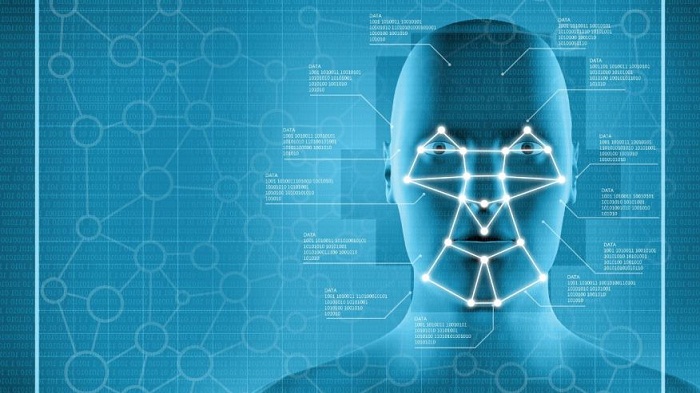How changes in human brain structure facilitate or result from learning isn’t well understood, according to neuroscientists.
“There has to be some mechanism that updates your repertoire of faces,” said Kalanit Grill-Spector, a neuroscientist at Stanford University who led the work. “There’s a really big gap in terms of what happens [to the brain] during childhood. We’re slowly trying to fill in this gap.”
Her new study, which was published Thursday in the journal Science, examines the structure and function of the so-called fusiform gyrus, a brain area important for face recognition, in 22 children between the ages of 5 and 12, and in 25 adults in their early to late 20s.
/FoxNews/
More about:
















































